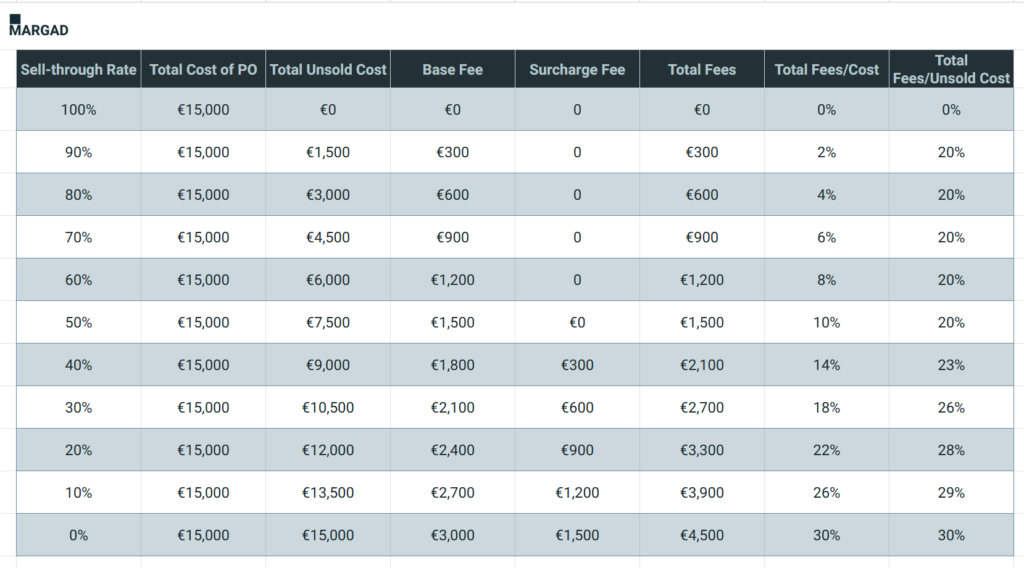Born to Run Guide 2024: Your Essential Strategy for Successful Product Launches on Amazon
Born to Run Guide 2024: Your Essential Strategy for Successful Product Launches on Amazon
Amazon’s Born to Run (BTR) program offers a strategic solution, enabling vendors to align inventory with projected demand. Ideal for new product launches, seasonal spikes, or marketing campaigns, BTR lets vendors control stock levels while minimizing out-of-stock risks. This guide explores how to best use BTR, including recent 2024 updates, best practices, and ways to avoid potential pitfalls.
Understanding the Born to Run Program
Born to Run (BTR) is an invite-only program from Amazon that allows vendors to request additional purchase orders (POs) to meet anticipated demand over a 10-week “Sell-through Period.” Upon Amazon’s approval, vendors can stock inventory based on their own demand forecasts. This helps mitigate the risk of missed sales during peak times, like launches and holiday promotions, while still retaining the flexibility to manage unsold inventory. The program offers a structured way for vendors to prepare for customer demand spikes that would typically surpass Amazon’s PO forecasts.
Why Use Born to Run?
BTR is an excellent choice for brands launching new products, executing major campaigns, or increasing sales of trending items. It allows Amazon to stock products at the volume vendors deem necessary, provided the forecast is justified. The program helps eliminate stockouts, provides an optimal customer experience, and supports aggressive sales growth.
Example Use Case:
Consider a brand planning a high-profile product launch with anticipated media coverage. Traditional POs from Amazon might not cover expected demand spikes, risking potential stockouts. By submitting a Born to Run request, the brand can increase inventory for a new ASIN, ensuring product availability for the entire promotional period.
Key Features of the Program
- Flexible Inventory Increases: Vendors submit anticipated sales numbers, enabling Amazon to meet potential demand more accurately.
- Control Over Unsold Inventory: Vendors can either pay retention fees or, if eligible, request returns on unsold stock.
- Streamlined Process: Amazon reviews and issues POs within one business day of BTR offer approval, ensuring timely inventory replenishment.
How Born to Run Works
Each BTR request specifies an ASIN and the number of units a vendor expects to sell within a 10-week period. Amazon assesses and approves the offer based on current operational, profitability, and other criteria. Once the stock reaches Amazon’s fulfillment centers, a 70-day Sell-through Period begins. If any units remain unsold at the end of this period, retention fees apply.
The Sell-through Period accounts for fulfillment center processing times, beginning seven days after the first receipt of units at Amazon’s center. It’s essential to note that any unsold units are subject to Amazon’s retention fee structure, which recently transitioned to a tiered model in October 2024. Alternatively, vendors who meet specific requirements may select a return option, covering unsold units at full cost plus handling fees.
2024 Updates: Tiered Retention Fees and Surcharges
The most recent changes to BTR focus on a more flexible fee structure, encouraging vendors to make accurate forecasts and promote high sell-through rates. The tiered fees are designed to balance inventory needs with Amazon’s fulfillment cost structure. Here’s a breakdown of the updated fee model:
Key 2024 Changes
- Base Retention Fee Reduction: The traditional flat 25% fee for unsold units has been replaced with a promotional base fee of 20%. This reduced fee is favorable for vendors who confidently anticipate demand spikes.
- Surcharge for Low Sell-Through Rates: For ASINs with sell-through rates below 50%, an additional surcharge applies, reflecting the increased holding costs of slower-moving items. Vendors whose sell-through rates fall below 35% may face higher fees, emphasizing the need for accurate forecasting.
These updates benefit high-performing ASINs but also introduce financial risks for vendors if sell-through projections fall short.

What This Means for Your Business
- High-Confidence Products Rewarded: The reduced base fee supports products with reliable demand forecasts, encouraging vendors to prioritize items likely to sell well.
- Higher Fees for Slower-Moving Inventory: Vendors with sell-through rates under 50%, especially below 35%, will incur a surcharge. This means that conservative or inaccurate forecasts can lead to additional costs.
Step-by-Step Guide to Leveraging Born to Run
To effectively use BTR, careful planning and accurate forecasting are crucial. Here’s a step-by-step breakdown to guide your BTR strategy:
1. Identify Ideal Candidates for BTR
Not every ASIN is suitable for the Born to Run program. Focus on items with high sales potential and reliable demand estimates, such as:
- New Product Launches: New ASINs with targeted campaigns or strong customer interest.
- Seasonal or Holiday Items: Products with predictable spikes in demand during specific times of the year.
- Promotional Products: Items that are part of high-visibility marketing campaigns or have media support.
2. Accurately Forecast Demand
Accurate demand forecasting is essential for a successful BTR experience. Here are some approaches to refining your projections:
- Utilize Historical Sales Data: Analyze similar ASINs’ past performance to estimate likely demand.
- Incorporate Marketing Projections: Factor in planned ad campaigns, media coverage, and influencer support that could drive higher sales volumes.
- Account for Competitive Trends: Assess competitor performance and market trends to gauge potential demand.
3. Submit Your Born to Run Offer
Once you’ve identified suitable ASINs and established accurate forecasts, submit your BTR offer through Vendor Central. Be prepared with stock to fulfill any approved POs immediately. Amazon will review your submission at the ASIN level, meaning each item in your offer is individually evaluated.
4. Monitor Sell-Through Rates and Performance
After Amazon accepts your offer, track each ASIN’s performance in Vendor Central. Monitoring sell-through rates will help you anticipate any potential retention fees and adjust future strategies as needed.
5. Manage Retention Fees and Returns
With the updated retention fee model, the focus should be on achieving a 50%+ sell-through rate to minimize fees. Additionally, eligible vendors can choose the return option, where unsold items are refunded at full cost plus handling. Confirm eligibility by maintaining an updated return address and fulfilling Amazon’s requirements.
Best Practices for Optimizing Born to Run Success
Making the most of Born to Run involves more than just submitting offers—it requires strategic alignment and ongoing optimization. Here’s how to maximize BTR benefits:
- Strategically Select ASINs: Pick ASINs with a high likelihood of success, based on past sales data or projected demand spikes.
- Leverage Amazon’s Self-Service Performance Advertising (SSPA): Using Amazon’s SSPA campaigns can help boost ASIN visibility, improve sell-through rates, and reduce potential retention fees.
- Plan Around Fee Structure: Understanding the tiered fee structure and potential surcharges will help in deciding which products to submit. Avoid ASINs with volatile demand or uncertain forecasts to reduce risk.
- Maintain a Valid Return Address: Update your return address in Vendor Central to access the returns option. This is particularly useful if demand is uncertain or promotional goals shift.
- Use BTR Sparingly for Testing: To manage costs, consider limiting BTR offers to proven products or high-confidence new launches.
When to Avoid Born to Run
Not every ASIN benefits from Born to Run. Avoid using BTR for items with:
- Uncertain Demand: For untested ASINs or those with unpredictable demand, the retention fees may outweigh the benefits.
- Limited Marketing Support: Without a solid marketing push, products may struggle to meet high sell-through rates.
- Short Product Lifecycles: Seasonal or trend-dependent items may become obsolete, making it challenging to achieve desired sell-through rates.
Alternative Strategies
If Born to Run is not ideal for a particular ASIN, consider alternative strategies like smaller, targeted POs or staggered shipments to assess demand before making larger commitments.
Frequently Asked Questions about Born to Run
Q1. How does Amazon calculate the Sell-through Rate?
The Sell-through Rate is the percentage of units sold out of the total units included in a Born to Run PO during the 10-week Sell-through Period. Customer returns and sales from non-BTR POs are excluded from this calculation.
Q2. Can I select different fees for each ASIN?
Fees apply based on sell-through performance rather than individual ASIN selection. The base fee and surcharge are calculated for each ASIN, determined by performance metrics.
Q3. How quickly does Amazon process Born to Run POs?
Approved POs are processed within one business day, ensuring timely fulfillment. Prepare stock to meet immediate demand and coordinate with your warehouse team for quick dispatch.
Conclusion: Optimizing Your Born to Run Strategy
Amazon’s Born to Run program is a valuable tool for vendors aiming to secure product availability and maximize sales. The 2024 tiered fee structure rewards vendors with high-confidence forecasts, incentivizing strategic ASIN selection and effective inventory management. With thoughtful planning, BTR can become an essential part of your Amazon strategy, supporting revenue growth and reducing the risks of stockouts.
By understanding the program’s mechanics, staying updated on fees, and following best practices, you can leverage BTR to ensure your products reach their full sales potential.


